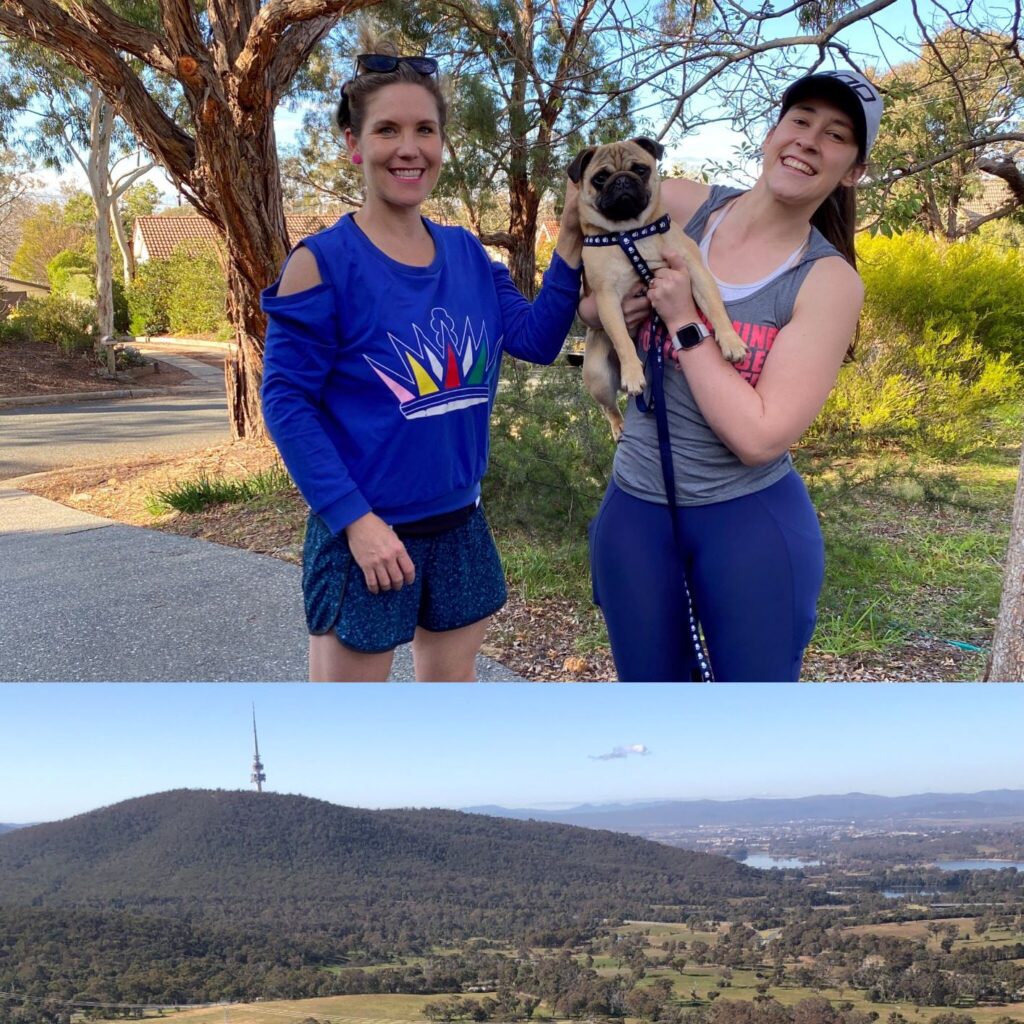Restrictions are being lifted and we’re all gradually heading back into the office. Is your body ready? How many hours a day do you spend sitting? It’s time to start scheduling five-minute strength breaks! Capital Hydrotherapy’s Kirra Rankin shares her top tips for setting up healthy strategies at work.
Australian statistics show that 68.5% of the workforce are either sedentary or have very low levels of activity (and that statistic was pre-COVID). Over time, sedentary occupations can lead to increased risk of injuries, neck and back pain, musculoskeletal disorders, weight gain, obesity and chronic diseases. It is estimated that 70%-90% of people will suffer from back pain in some form at some point in their lives.
We have all had months to recalibrate, reset and recharge. Now is your chance to set up healthy strategies at work, like healthy routines, regular breaks and regular walks. Sitting down all day for extended periods of time is detrimental to your health, but it’s not all bad news: taking regular short breaks throughout the day can deter the health risks associated with a sedentary lifestyle.
Today’s article isn’t about anatomy, fibre types, anterior/posterior pelvic tilts, or intermediate/superficial layers responsible for moving our spine – this article is aimed at giving you some practical tips and tricks to beat corporate back stiffness as we all return to our offices.
There is no single movement pattern that is best for treating lumbar spine pain. A combination of strengthening, walking, Pilates/core stabilisation movements, hydrolates (Pilates in the water) and coordination type patterns are best practice.
Here are 5 tips to help you avoid back stiffness at work:
1 – Substitute sitting with an activity, such as:
- Balance on one leg while talking on the phone
- Switch to a standing workstation
- Sit on a swiss ball; this will encourage you to sit up straight and use your postural muscles
- Request a treadmill
- Stand (or hold a squat) to read a document
- Schedule a walking meeting – we love these at Capital Hydrotherapy!
- Walk to deliver a message instead of emailing
- Take the stairs

2 – Be organised; plan your schedule the night before
Look at your diary: where are your meetings? Is there some flexibility in your day? Could you squeeze in a quick 15-minute workout between meetings? Schedule in your activity breaks the way you would schedule in a meeting. Be organised, write it down, and make it happen. We’ve designed this simple movement planner as a reminder. Signing up for a structured lunchtime class is also a good way to make a commitment to yourself. Try a local boot-camp that plays by the social distancing rules, a yoga/Pilates studio, or an online workout class. Regularly attending a class is a great way to keep you accountable and inspired.
3 – Choose your parking spot wisely
Choose to park at least 1-2km away from your office, if you can, every day. Bring your walking shoes and stretch those hips and back out before and after work. The more often you do this, the easier it will feel as it becomes part of your daily routine.
4 – Office workouts
It’s time to start scheduling five-minute strength workouts at the office, or at home if you’re still working remotely! The stronger your body, the more comfortable you’ll be sitting at the office – it takes strength to sit at the desk all day with good posture! If you take a walk at lunch, try these exercises before or after to break up your day:
- 10 x prone swimmer
- 10 x supine bicycle
- 10 x side plank and leg lift
- 10 x standing SL squat (hold for 2 secs)
- 10 x standing SL hip abduction
5 – Office-friendly movement
If you really can’t get up from your desk, do calf raises and ankle circles while you’re sitting down, and do pelvic floor exercises at the same time. Alternatively, every hour, do 10 wall push-ups and a 10-second wall squat. Set a reminder on your computer – it’s the little regular movements that help your spine.
Try two of these tips every day for a week, and see what routine works best for you; it’s all about making it a regular routine. Now, let’s get your back to work!
For more:



